Moon Mysteries Explained
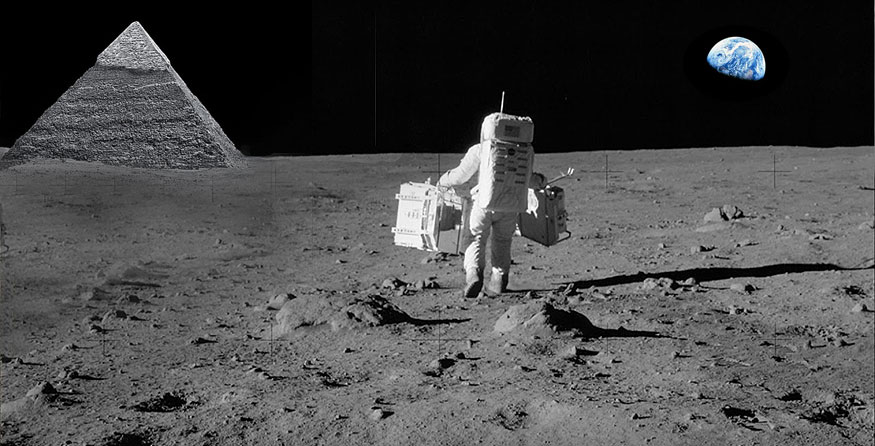 by George Van Tassel
by George Van Tassel
Luna (our Moon) is perhaps one of the most studied and least understood of our heavenly bodies. From the information advanced to us, by our space friends, we are going to state facts that conform to our astronomy and also contradict it.
The reason that the Moon rotates so slowly, in relation to other heavenly bodies is because its only motor-power, from the “A” and “B” lines of force, is set up by forces exerted between the positive and negative strata around it.
Definition of the “A” and “B” lines of force:
All creation functions by perpetual motion. This is maintained by the balance of interchange by centering each creation and insulating each one from all others.
The “A” lines of light force have density – 1,850 to a square centimeter. They also have polarity (positive), gender (male, projective), motion – speed 186,000 miles per second – and matter in the form of charged particles. To this is added energy (electro-magnetic flux) and placed are these creations throughout all space.
In opposition to the “A” lines of light are the “B” lines of light force. The “B” lines are composed of density – 1,257 lines per square centimeter. They cross between the “A” lines of force at 90 degrees, with motion at a speed of 202,000 miles per second. Their polarity is negative. Their gender is female, receptive.
Between the “breathing” of these two primary forces, is rhythm. This brings about a “wave motion” which consolidates the individual lines into “bands”. When “A” works inward, “B” works forward and when “A” works outward, “B” works backward. Rhythm, which establishes the “bands, levels, and density changes”, is operated by strain or desire. Strain is the time between the “flight” of the female, negative lines of force and “the pursuit” of the male, positive lines of force. When they encounter an object-creation (planet) that was “born” before by other “A” and “B” lines of light, they add to its rotation by spiral induction and partial penetration.
The “B” negative lines are attracted to the positive core but are repelled by the “G” light insulation strata. Having penetrated the negative crust, they are repelled by it and take the “line of least resistance”, out of the North Pole. By induction they attract the positive core to rotate in one direction and in being repelled help the negative crust to rotate in the opposite direction. The “A” positive lines of force work opposite and are emitted at the South Pole. As they emit from the poles they are met by the “G” lines of light and bent to their original course. The resistance in bending causes the aurora borealis.
As they have reduced their charge and speed in adding power to the planet, they enter different levels as they emerge from the poles. Then the “G” lines of light, crossing between them and insulating them, bring them back through “rest” and “rhythmic breathing” to their original speed.
The “A” lines of force have more density and less speed than the “B” lines of force. The “B” lines have more speed and less density. This is the reason why the “A” positive lines of force, charged with matter, become the proton core of the earth. The faster “B” charged matter becomes the crust of our earth. This strain or desire is in the eternal progressive spirit in all things: atoms, planets, people, solar systems, etc., that manifests action.
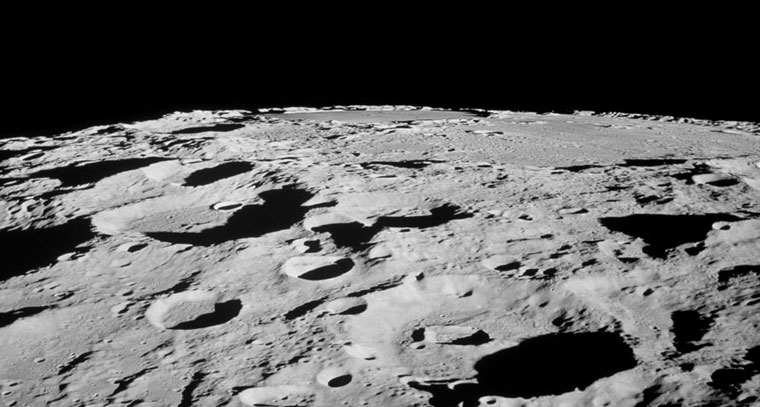 The so-called surface Seas of the Moon are exposed areas of obsidian (insulator). The so-called craters are surface areas that cooled off last. When the Moon solidified, these areas were drawn in by contraction of the cooling interior.
The so-called surface Seas of the Moon are exposed areas of obsidian (insulator). The so-called craters are surface areas that cooled off last. When the Moon solidified, these areas were drawn in by contraction of the cooling interior.
[Could this obsidian glass be in part responsible for the glass structures on the moon?]
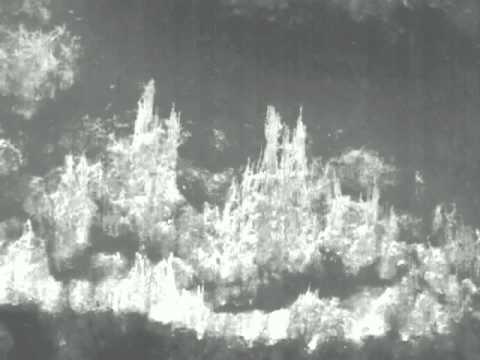
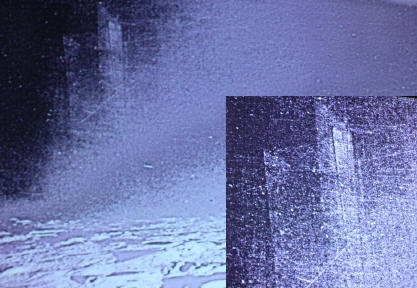
Obsidian is a naturally occurring volcanic glass formed as an extrusive igneous rock. Obsidian is produced when felsic lava extruded from a volcano cools rapidly with minimal crystal growth. It is commonly found within the margins of rhyolitic lava flows known as obsidian flows, where the chemical composition (high silica content) causes a high viscosity which, upon rapid cooling, forms a natural glass from the lava. Obsidian is hard, brittle, and amorphous; it therefore fractures with very sharp edges. ~ Wikipedia
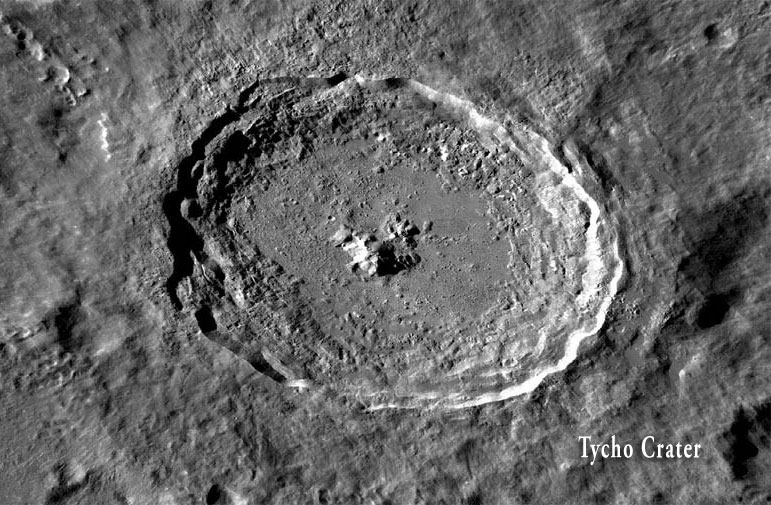 The crater Tycho is the location of one of the largest underground cities of the “little people” who have been visiting Earth in spacecraft.
The crater Tycho is the location of one of the largest underground cities of the “little people” who have been visiting Earth in spacecraft.
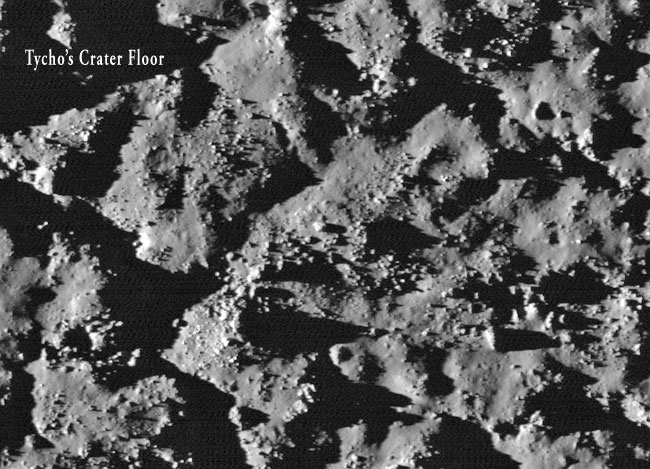 The radial lines extending outward from Tycho and other underground cities are dumps of obsidian (glass) that they have removed from the ball-shaped holes, in which their cities are built. Their cities are built on many levels or stories.
The radial lines extending outward from Tycho and other underground cities are dumps of obsidian (glass) that they have removed from the ball-shaped holes, in which their cities are built. Their cities are built on many levels or stories.
The bright spot at Aristarchus is the lense which provides power, light and other utilities for this oldest underground city. This lense works on the same principle as the upper lense in the spacecraft.
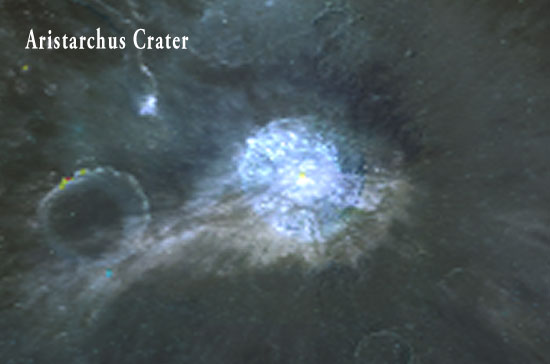
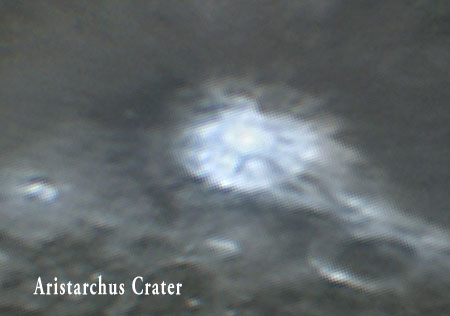 There is also glassy powder that covers everything. This is the eroded dust from the Seas of solidified obsidian.
There is also glassy powder that covers everything. This is the eroded dust from the Seas of solidified obsidian.
The little people who occupy the Moon, many of whom were our ancestors, are roughly 25,000 years in advance of us in the eternal life pattern. Living inside of a solid insulator (obsidian) they are of shorter stature because of much less struggle with gravitational resistance-pressure caused by the “A” positive and “B” negative lines of force. Life structure always sets up an equal and opposite ratio of resistance to the lines of force. Where there is more resistance, such as here on Earth, we grow taller. Where there is less resistance, as on the Moon, the composition of life form sets up less resistance and consequently the people stay small.
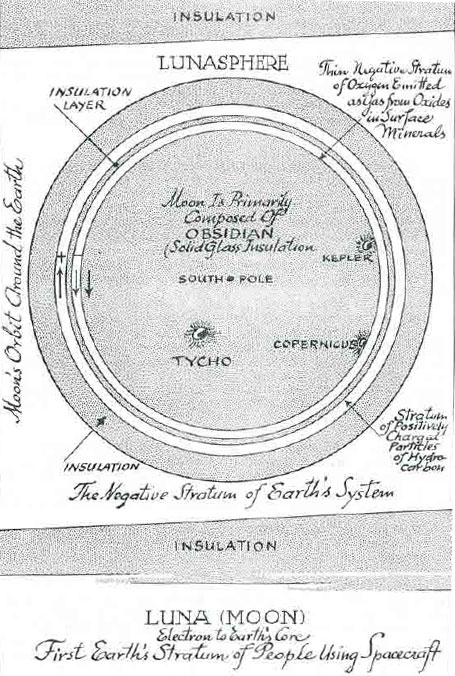 The positive stratum repels the positive rays from the Sun. The small ratio of rays that leak through the positive stratum, causes a normal temperature for supporting human life and daylight and reflection, by their activity in the inner negative stratum.
The positive stratum repels the positive rays from the Sun. The small ratio of rays that leak through the positive stratum, causes a normal temperature for supporting human life and daylight and reflection, by their activity in the inner negative stratum.
The old horse and buggy theory that the Moon’s attraction causes our tides to rise on the Earth, on the side toward the Moon, is erroneous. This would conform to a theory that a rubber ball bulges when it is stepped on because the air round it reduces pressure.
Gravity is “resistance pressure”. The reason the tide rises on our Earth, on the side toward the Moon, is because the Moon is composed of obsidian (insulation) rock. The Moon performs a cyclic interruption of the lines of force, traveling toward the Earth, on this account there is not so much resistance pressure from the “A” positive or “B” negative lines of force on the waters of Earth. At the same time when the Moon partially insulates the waters of the Earth on the side toward it from the one line of force, the other line of force is applying full pressure on the waters at 90 degrees to it. This results in low tides on that side. Water being a fluid, the volume on the opposite side is equalized in balanced opposition.
According to our space friends we do not know the correct distances to any of the planets or stars. They say that the lense-effect of the strata around our planet magnifies everything in space to our telescopes and surface instruments. They further state that we cannot hit the Moon with rocket missiles, because the Moon is not where we see it. This is due to the refraction of the reflected light through our atmosphere. They also state that if the missile carries a polarity charge, it will burn up in the oppositely charged strata surrounding the Earth.
They further say that the Moon is not as large as the established diameter taught by us. Our enlarged measurement is caused by the diffraction strata around the Earth. The Moon is actually 72 percent of our fixed diameter measurement.
All of our books on astronomy are incorrect, and so is the disseminated knowledge. That is because we are working from a level where the reflection of objects, mirrored to our cameras and vision, through the optics of strata which surround the Earth creates an illusion.
Why do we continue to defy the natural laws? We can have access to accurate science by accepting the laws that do not change with time. The spacecraft people are doing it. Of course they accept the Creator by living his laws, not by opposing them. They also recognize the reality of be-ing, instead of reflection of self.
Excerpt from Proceedings – January, 1954
Posted in Life On Other Worlds, Other Topicswith comments disabled.





